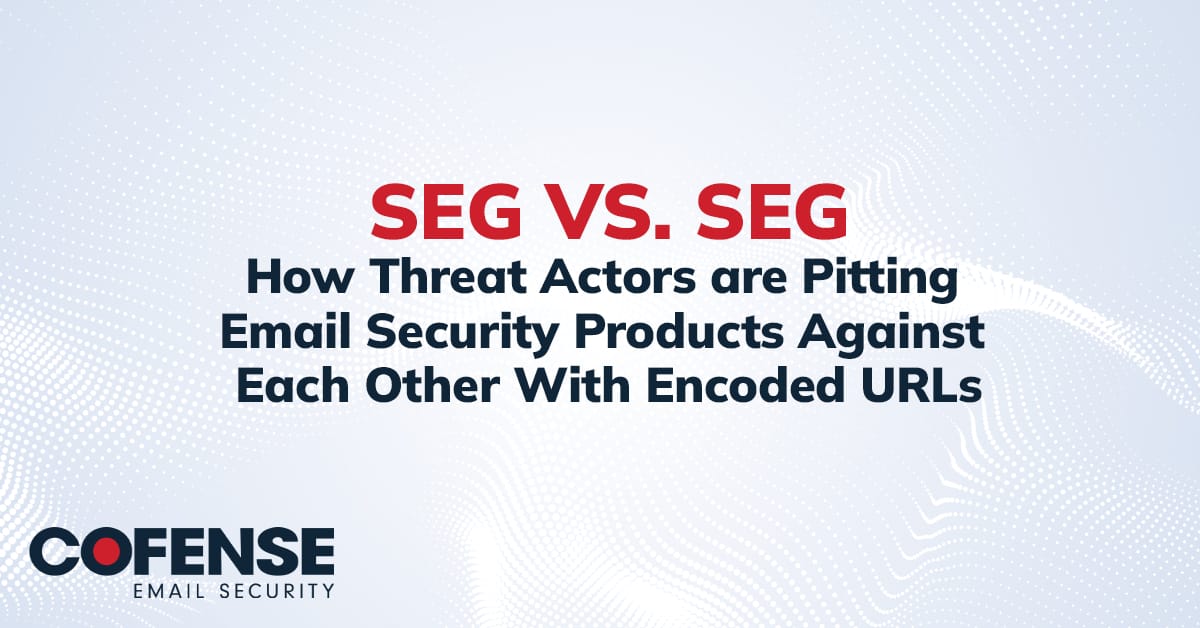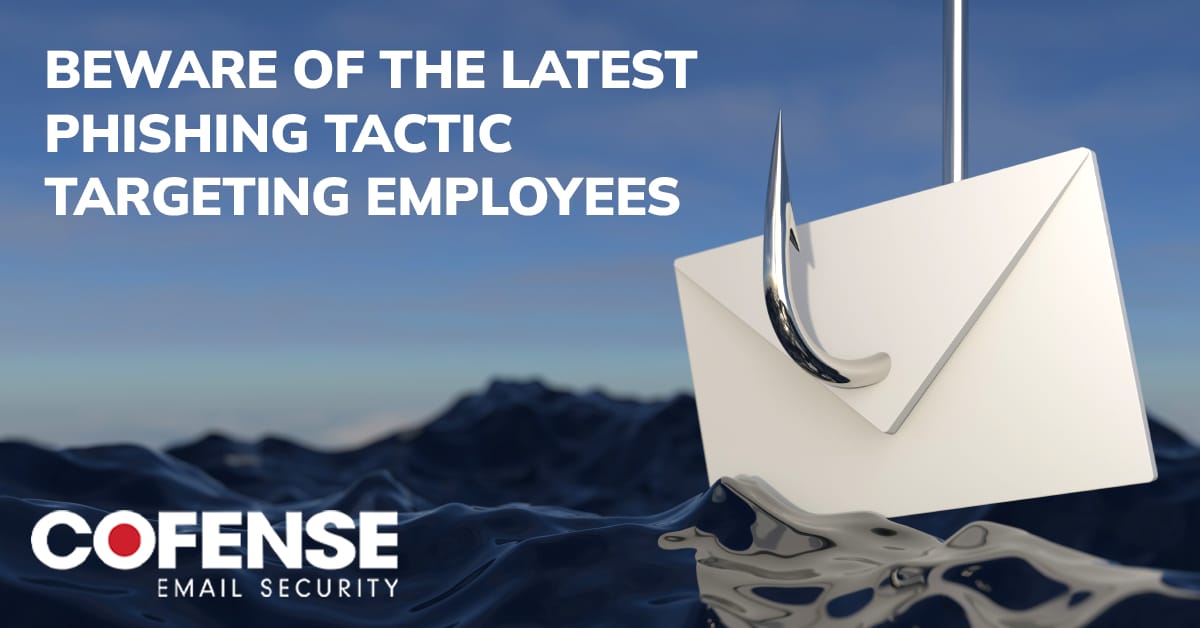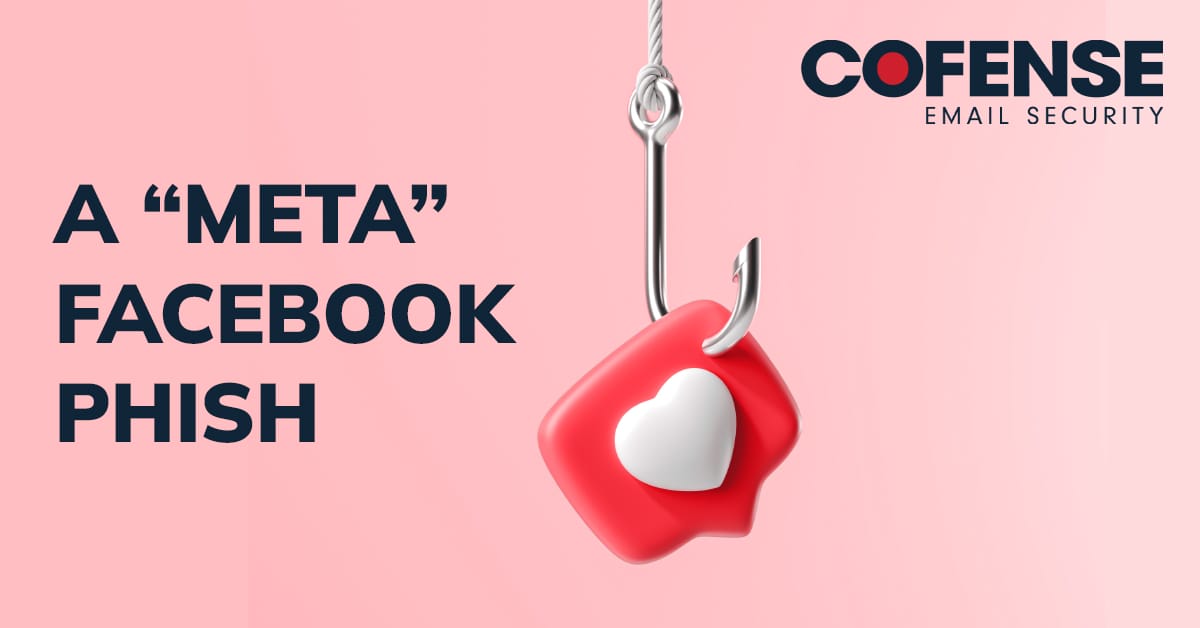Microsoft 365 EOP
By Ashley Tran, Cofense Phishing Defense Center
The Cofense Phishing Defense Center (PDC) recently observed an increase in phishing attempts that deliver phishing pages via YouTube redirects.
Threat actors often use social media websites as redirectors to malicious pages. Most organizations allow the use of platforms such as YouTube, LinkedIn, and Facebook and whitelist the domains, allowing for potentially malicious redirects to open without any fuss. In this case, anyone who clicks on the phish is taken to a phony login page designed to steal credentials.
Figure 1: Email Header
The phishing email originates from a newly registered fraud domain sharepointonline-po.com. This domain was registered on February 19, 2020 through Namecheap.
The threat actor in this scenario has posed as SharePoint, indicating that a new file has been uploaded to the company’s SharePoint site. Although the email may appear illegitimate to a trained eye, a curious or unsuspecting end user may click the button expecting to see a legitimate file.The link embedded in the email is: hXXps://www[.]youtube[.]com/redirect?v=6l7J1i1OkKs&q=http%3A%2F%2FCompanyname[.]sharepointonline-ert[.]pw
Users are redirected to YouTube that then redirects to companyname[.]sharepointonline-ert[.]pw, which in turn goes to the final landing page of the phish located at:
hXXps://firebasestorage[.]googleapis[.]com/v0/b/sharepointonline-fc311.appspot[.]com/o/Sharepoint2019427c31ba-0238-4747-bfd3-13369aa06b4d427c31ba-0238-4747-bfd3-13369aa06b4d427c31bb%2Findex[.]html
So far, all phishing links from this campaign utilize some variation on sharepointonline-ert[.]pw, specifically sharepointonline-xxx followed by a variation of 3 letters with the top-level domain always being .pw. Each of these fraud domains are quickly registered with Namecheap and used for this campaign, which suggests the possibility of bot automation. The SharePoint redirection domains collected so far include:
sharepointonline-eer[.]pw
sharepointonline-sed[.]pw
sharepointonline-ert[.]pw
sharepointonline-eyt[.]pw
With this trend of 3 letter variations in mind, the use of redirects means there’s at least 17,576 possible combinations of this domain. However, with some clever use of regular expressions, domains following this pattern can be blocked as well as the attack that follows.
Following both the YouTube and fraudulent SharePoint redirects, users are then taken to a Google Cloud page that is configured with the final page of this phish. Because the page is hosted on a legitimate Google site, googleapis.com, its certificate is verified by what appears to be Google itself, thus furthering the illusion of a legitimate page. Use of this legitimate website allows the threat actor to sneak by any Secure Email Gateways (SEGs) or other security controls.
Figure 3: Phishing Page
Once end users click on the link, they are presented with a typical Microsoft branded login page. Nothing appears amiss–in fact, it is almost a perfect replica. The main differences are: the box surrounding the login is black instead of white; the small detail of the banner at the bottom has different information than Microsoft’s actual login; and the copyright year is showing as 2019.
The recipient email address is appended within the URL, thus automatically populating the login box with the account name. Once users provide their password, it is sent to the threat actor.
| Network IOCs |
| hXXps://www[.]youtube[.]com/redirect?v=6l7J1i1OkKs&q=http%3A%2F%2FCompany[.]sharepointonline-ert[.]pw%[email protected]&=company=company&redir_token=-N5bmOAEmF36DCYcYY25tfVENgB8MTU4MjIwMTEyOEAxNTgyMTE0NzI4 |
| hXXps://firebasestorage[.]googleapis[.]com/v0/b/sharepointonline-fc311.appspot[.]com/o/Sharepoint2019427c31ba-0238-4747-bfd3-13369aa06b4d427c31ba-0238-4747-bfd3-13369aa06b4d427c31bb%2Findex[.]html |
HOW COFENSE CAN HELP
Every day, the Cofense Phishing Defense Center (PDC) analyzes phishing emails that bypassed email gateways, 75% of which are credential phish. Protect the keys to your kingdom—condition end users to be resilient to credential harvesting attacks with Cofense PhishMe. To remove the blind spot, get visibility of attacks with Cofense Reporter.
Quickly turn user-reported emails into actionable intelligence with Cofense Triage. Reduce exposure time by rapidly quarantining threats with Cofense Vision.
Easily consume phishing-specific threat intelligence to proactively defend your organization against evolving threats with Cofense Intelligence. Cofense Intelligence customers received further information about this threat in Active Threat Report (ATR) 36586.
Attackers do their research. Every SaaS platform you use is an opportunity for attackers to exploit it. Understand what SaaS applications are configured for your domains—do YOUR research with Cofense CloudSeeker.
Thanks to our unique perspective, no one knows more about providing phishing awareness training and REAL phishing threats than Cofense. To understand them better, read the 2019 Phishing Threat & Malware Review.
All third-party trademarks referenced by Cofense whether in logo form, name form or product form, or otherwise, remain the property of their respective holders, and use of these trademarks in no way indicates any relationship between Cofense and the holders of the trademarks. Any observations contained in this blog regarding circumvention of end point protections are based on observations at a point in time based on a specific set of system configurations. Subsequent updates or different configurations may be effective at stopping these or similar threats.
The Cofense® and PhishMe® names and logos, as well as any other Cofense product or service names or logos displayed on this blog are registered trademarks or trademarks of Cofense Inc.


